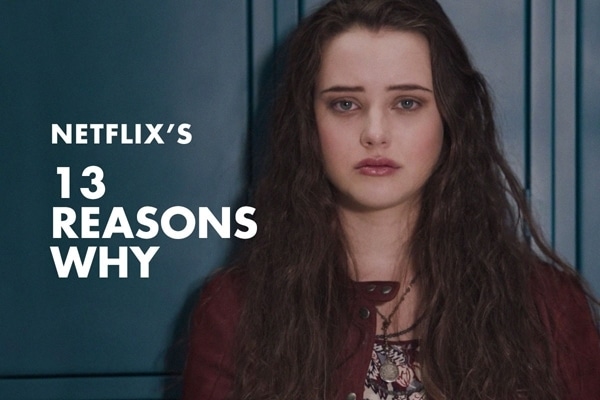By Lindsay Merrell, Therapist, Remuda Ranch at The Meadows
Since the years of my internship, working with patients facing suicidal thoughts has been concerning, challenging, and inspiring. Individuals struggling with such hopelessness come to professionals in desperate need of relief from what is starting to feel like an inevitable outcome. Our responsibility as professionals is to be persistently and empathically interested in the individual’s struggle. Our curiosity gives them the courage to look at the very pain they fear.
Netflix’s hit TV Show 13 Reasons Why provides the audience with a window into the multitude of opportunities a community often has to intervene when an individual is living in fear of their pain.
In 13 Reasons Why, the main character, Hannah, struggles with suicidal thoughts. She risks reaching out to her guidance counselor—the very person tasked with being a support to adolescence in the educational environment– for help; but, as a result, we as an audience witness the harm that occurs when helping professionals lack curiosity.
The guidance counselor dismisses Hannah’s pain and disconnection from help occurred. The show portrays very well how the disconnection from compassionate support leads to an increase in isolation and stigma for the individual and for the community as it experiences a traumatic event.
Adolescents are already at an anatomical disadvantage when it comes to seeking support. They are experiencing normal, but tumultuous hormonal changes within a neurological system that hasn’t yet developed insight into cognitive distortions or the ability to restructure distorted thoughts. As professionals, we have the opportunity to assist and educate individuals and families on how to navigate the ups and downs of the adolescent years; however, this opportunity often only comes after worrisome symptoms appear.
13 Reasons Why has given teenagers, schools, and families a framework from which to process situations which may already be occurring right under their noses, and will hopefully give them the chance to intervene before the individual’s desperation takes over.
Recently, the media has reported that many parents, teachers, and counselors are concerned that 13 Reasons Why “glorifies” suicide. But, it seems to me that 13 Reasons Why could bring about more awareness on how to support an individual struggling with suicidal thoughts or how those who are struggling with suicidal thoughts can seek support.
As friends, therapists, and parents, aren’t we better equipped to help when we are more culturally aware and curious about the nuances of individuals’ struggles? It seems unreasonable to make a judgment about the “dangers” of the show simply based on the fact that the characters in the storyline do not handle the situations in the one size fits all manner we deem best.
Before her tragic death, Hannah records a series of tapes to illustrate how ignorance, fear, and judgment disconnected her, and disconnects others, from necessary interventions and support within the community. Through the lens of fear, Hannah’s tapes may appear to assign blame to everyone involved; however, when fear is replaced with curiosity and empathy, can’t the tapes be viewed as an educational opportunity for the viewer? The tapes teach us that asking questions, paying attention, and speaking up can provide hope for recovery from what feels like insurmountable pain.
Fear of judgment from peers and adults coupled with the stigma around asking for support unnecessarily leads adolescents to suppress their perceived realities to struggle through it alone more than they have to. This often leads to the manifestation of eating disorders, substance abuse, self-harm, and suicidal ideation. The challenge for the individual and the community portrayed in the show is the suppression of the struggling individual’s perceived reality and the ultimate lack of awareness of the real pain of that struggle.
Compassion’s enemy is fear. It paralyzes people and prevents them from helping those who struggle with suicidal ideation. Let’s not allow ourselves to be paralyzed by the fear of what 13 Reasons Why could teach young people; instead, let use it to teach ourselves how to be more compassionate, how to best offer the support that is needed, and how to stay curious and ask questions that can help lead those suffering to peace.
13 Reasons Why is a show that illuminates the difficulties adolescents face. As adults, when we put our fear aside and become curious, we open the door to protecting a vulnerable individual from a life-altering decision and breathe hope back into those we care about.

